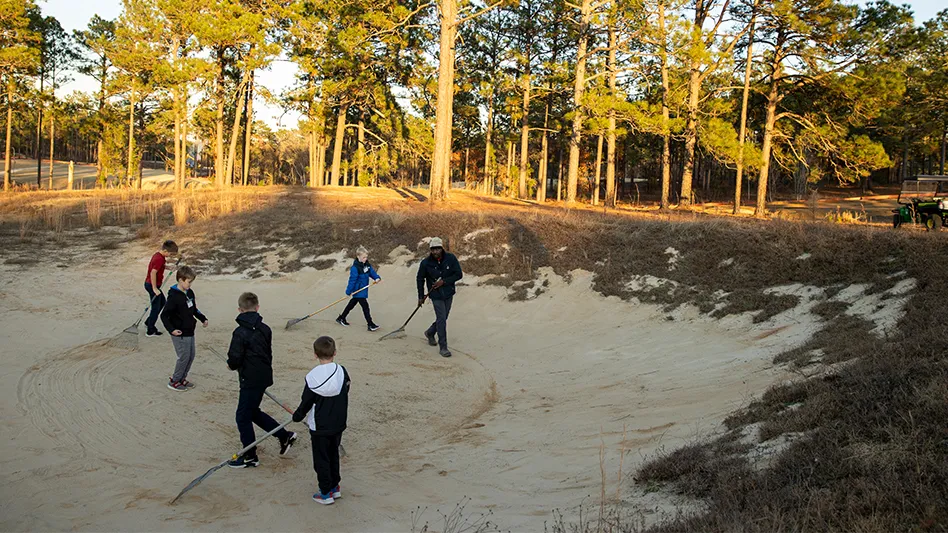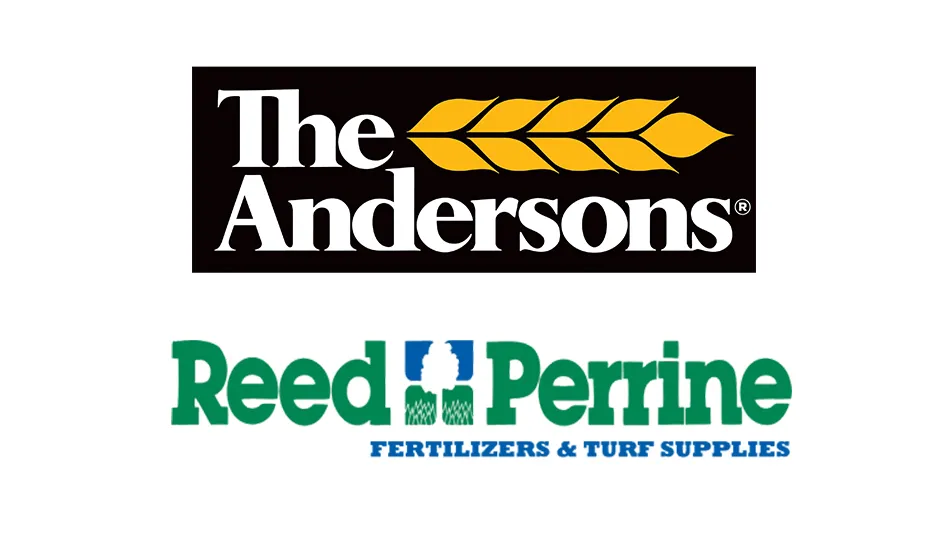My first experience with golf course irrigation was in 1974, when, as a summer maintenance crew employee, I volunteered to assist the night water man. The golf course was midway through its two-holes-per-year conversion from single-row quick couplers in fairways and center sod cup plug-in irrigation system to automatic control.
The system’s small pipes forced us to water only nine fairways each night, and then with only nine to 10 sprinklers running concurrently, with one per fairway to spread out flow. Watering time was determined by how long it took to get around all nine fairways on the Cushman back to the first fairway I watered, usually about 25-30 minutes. If I had problems or used the bathroom, some areas got more water. Some areas got less. And, when I spotted young lovers on the course, the sequence was altered, just for my own entertainment.
When I started as a golf course architect in 1977, clients still debated between manual and partial- or fully automatic systems and single row versus double row. For our development-type clients, who figured to sell the golf course facility after lot sales were complete, we would analyze the break-even time between the extra costs of an automatic system versus labor, which was typically only three or four years. It was sometimes hard to convince clients to spend about 25 percent more for the better coverage of a double row system.
We still had some of the “old guard” of the irrigation business around Chicago, like irrigation designer Scotty Stewart, who pioneered “high-volume” 700-gpm systems in the late 1950’s, but who resolutely clung to “old-style” single-row systems, even though on our courses it didn’t even cover to the fairway bunkers. That seems funnier now that the two-row system itself has gone the way of the two-lane highway, but it was a big issue in 1980.
My introduction to golf irrigation by virtue of operating a 1950s-style irrigation system was about midway through its continuing evolution. It was apparent to early designers before 1900 that transplanting the game from Scotland to America would require irrigation.
Early courses like the National Golf Links of America and Garden City adopted irrigation for at least the greens by 1910, at a then astounding cost of $10,000.
Many companies – some whose names are still familiar like Rain Bird and Hunter – got into the business and advanced the art. Evolution was so fast, many early irrigation installations were supplanted by better ones in less than a decade. In ground sprinklers figuratively and literally “popped up” by the 1930s, but their use accelerated after World War II.
Golf architecture has always been affected by irrigation, but after World War II, bigger irrigation systems required large storage ponds, and earth moving got cheaper, combining to change the look of golf courses forever – golf course lakes were then standard design features.
Irrigation determined fairway and clearing widths to match the standard single- or double- (later triple- or quadruple-) row systems. It wasn’t as common then to “add head” to accommodate free-flowing fairway or tree clearing lines.
Irrigation probably smoothed out ragged bunker edges, which were ragged only because of their steep slopes and dry conditions.
By reducing roll, irrigation had a part in the addition of forward tees to many golf courses. And when only fairways were watered, the distinction between hitting the rough – where your shot might find either a hard pan lie or continue to roll into the trees – was heightened.
Currently, if we want to save native areas, we use part-circle heads and match turf edges to the proposed sprinkler pattern.
Given current reliable, precision irrigation technology, today’s superintendents might not appreciate the earlier struggles in the 110-year history of golf course irrigation to reliably deliver more water.
It’s fascinating to contemplate what was, and consider what might come next.

Explore the June 2011 Issue
Check out more from this issue and find you next story to read.





